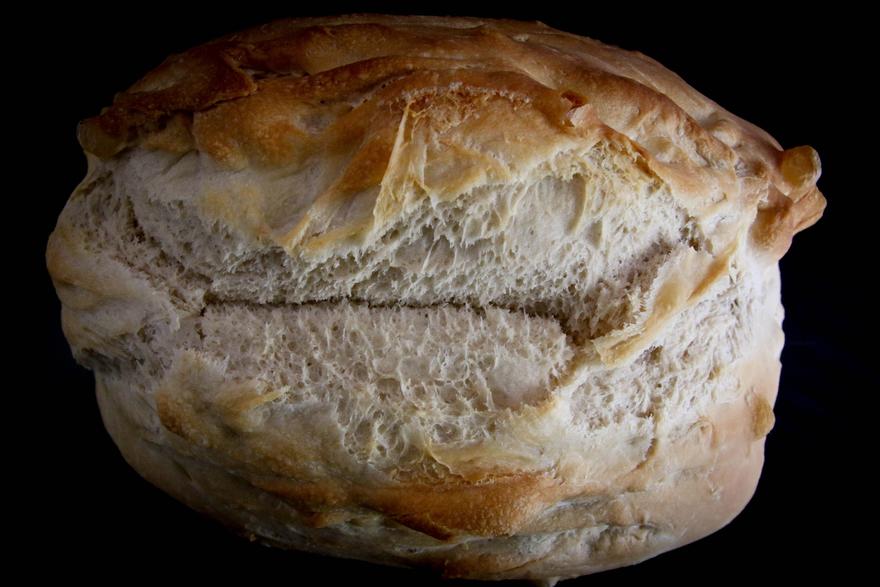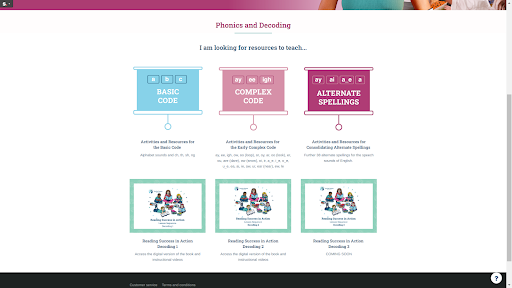It’s Time to Rethink the Make-it-from-Scratch Mindset

A quick look on Pinterest could leave you thinking that the most effective teachers create the cutest resources and do everything from scratch. If you’ve been with me for any length of time, you’ll know I don’t subscribe to that viewpoint. I think that the most effective teachers draw on quality, targeted resources that help give their students the most direct path to learning and save them time so that they have the energy to meet students where they are up to. Last week I wrote about text-based units of work and what to look for when you are seeking them out. This week I’m talking more specifically about phonics and decoding.
I often hear that a teacher, school or region has decided to create their own scope and sequence for teaching phonics and is trying to make their own programs. This could be considered silly or even arrogant, but I don’t think it is. It seems to me that this desire to create from scratch can come about because it’s quite difficult to wrap your head around something that someone else has written. When you create things yourself, you have conceptualised it and know where it fits. When you use something from someone else, it takes a considerable amount of cognitive load to put the pieces of the puzzle together.

However, the trap in making things from scratch is that, while you might initially find it easier to incorporate things into your teaching program, you trap yourself in a constant cycle of creation. Changing up a scope and sequence has serious implications for the resources you can use. A core feature of systematic, synthetic phonics is that content is presented cumulatively. That is, each section of learning builds on the one before. When you mess with the sequence, you make all existing resources redundant. That leaves you in the position of having to take hours to align existing decodable texts, word lists and lesson resources to your sequence (which inevitably creates gaps) or having to create these things from scratch yourself.
My suggestion? Choose a scope and sequence which matches most closely to the resources you already have in your school. If your resources follow a SATPIN sequence, such as with Decodable Readers Australia, stick with that. If you have Little Learner’s Love Literacy in your school. Follow that sequence and use the wide range of resources they have available. If you don’t already have an established approach to sequencing your instruction, pop on over to the Resource Room and use what I have there for you. From October 1st, you’ll find digital versions of all three of my Reading Success in Action books, as well as teaching presentations, partner practice booklets and resources to support your teaching. You can join the waitlist and find out when it is available by adding your name below.

The make it from scratch mindset places undue pressure on teachers and students alike. Teaching is a complex undertaking, and it is challenging enough to meet the social, emotional and academic needs of all students in your class. Rather than spending your time creating decodable texts, lesson plans or resources, spend your energy getting really good at using the structured literacy tools that are available to you. Spend the time practising phonics lessons with colleagues, plan together and help each other problem solve so that you can create an equitable, inclusive learning environment for all your students.
Would you like to be a part of the resource room when it is live?

 Jocelyn Seamer Education
Jocelyn Seamer Education
1 comment
Morning Jocelyn,
I hope your trip to Sydney has been exciting and satisfying.
After reading your recent blog, I can say that at the beginning of the year I created a Scope and Sequence for phonics, handwriting and grammar for Year 1 at my school. My school uses Jolly Phonics and Jolly Grammar so have used that as the basis. I also included a connection with the decodables used in the school. I am now in the process of creating one for Year 2. Whilst it was time consuming to create, having the document has kept me on track. Heggerty has been included in the document, but as it is a live document, I have now began branching out into other methods to reinforce Phonemic Awareness. An Assessment schedule has also been created that includes: Dibels, Cubed, Phonics.
Next year a whole school Writing Scope and Sequence will be created as part of out PLC.
Travel safely
Regards
Alison
Leave a comment